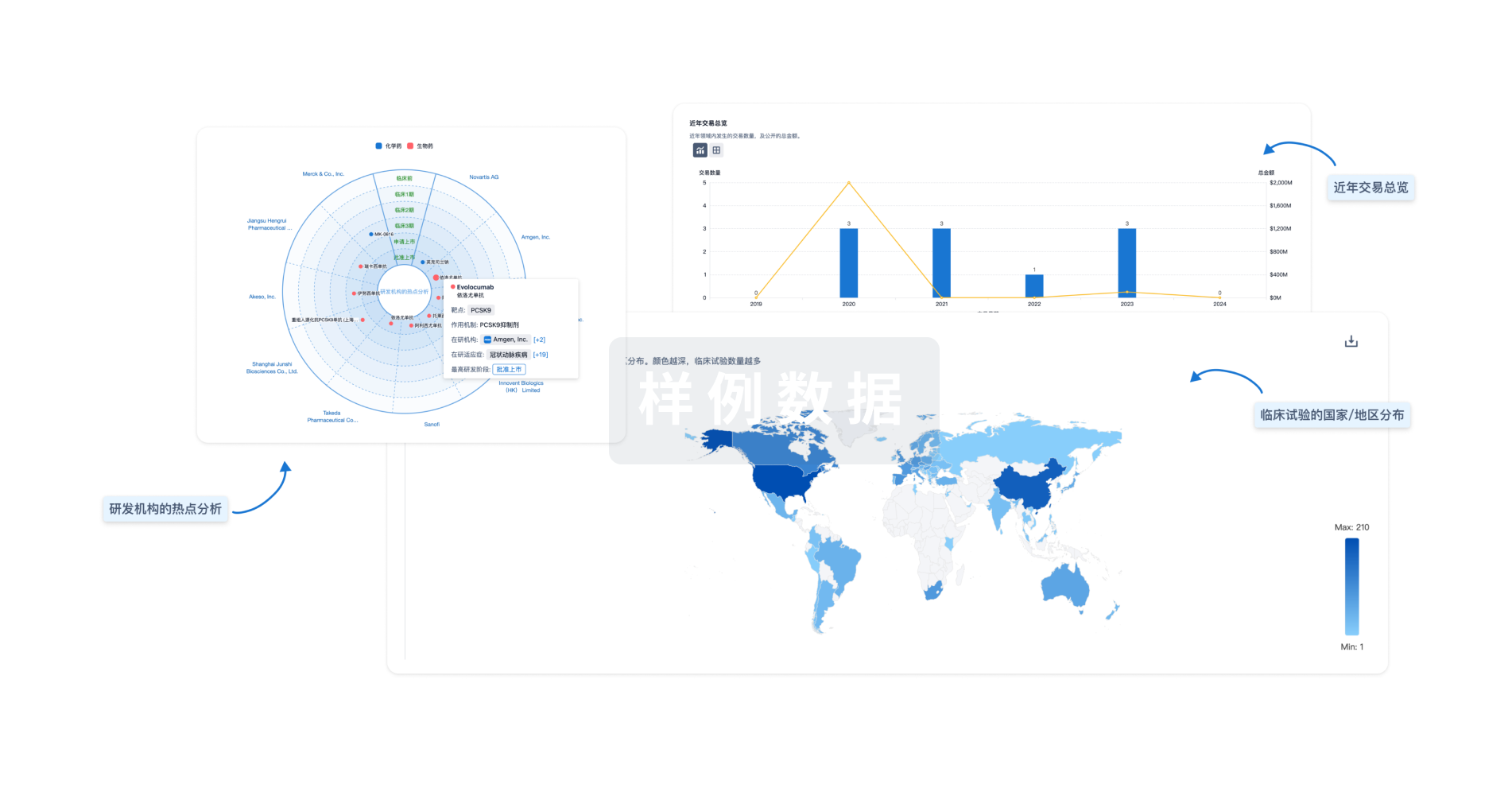预约演示
更新于:2025-05-07
DYRK x NGF
更新于:2025-05-07
关联
1
项与 DYRK x NGF 相关的药物作用机制 DYRK抑制剂 [+1] |
在研机构- |
在研适应症- |
最高研发阶段无进展 |
首次获批国家/地区- |
首次获批日期1800-01-20 |
100 项与 DYRK x NGF 相关的临床结果
登录后查看更多信息
100 项与 DYRK x NGF 相关的转化医学
登录后查看更多信息
0 项与 DYRK x NGF 相关的专利(医药)
登录后查看更多信息
3
项与 DYRK x NGF 相关的文献(医药)PLoS ONE3区 · 综合性期刊
NGF Upregulates the Plasminogen Activation Inhibitor-1 in Neurons via the Calcineurin/NFAT Pathway and the Down Syndrome-Related Proteins DYRK1A and RCAN1 Attenuate This Effect
3区 · 综合性期刊
ArticleOA
作者: Stefos, Georgios C. ; Soppa, Ulf ; Becker, Walter ; Dierssen, Mara
International Journal of Molecular Sciences2区 · 生物学
Can EGCG Alleviate Symptoms of Down Syndrome by Altering Proteolytic Activity?
2区 · 生物学
ReviewOA
作者: Matthews-Kozanecka, Maja ; Jankun, Jerzy ; Skrzypczak-Jankun, Ewa ; Wyganowska-Świątkowska, Marzena ; Matthews-Brzozowska, Teresa
Frontiers in Aging Neuroscience
Network pharmacology identify intersection genes of quercetin and Alzheimer’s disease as potential therapeutic targets
Article
作者: Li, Cheng ; Chen, Wenzhi ; Zhu, Yu ; Xu, Renshi ; Wei, Caihui ; Li, Shu
分析
对领域进行一次全面的分析。
登录
或

生物医药百科问答
全新生物医药AI Agent 覆盖科研全链路,让突破性发现快人一步
立即开始免费试用!
智慧芽新药情报库是智慧芽专为生命科学人士构建的基于AI的创新药情报平台,助您全方位提升您的研发与决策效率。
立即开始数据试用!
智慧芽新药库数据也通过智慧芽数据服务平台,以API或者数据包形式对外开放,助您更加充分利用智慧芽新药情报信息。
生物序列数据库
生物药研发创新
免费使用
化学结构数据库
小分子化药研发创新
免费使用
